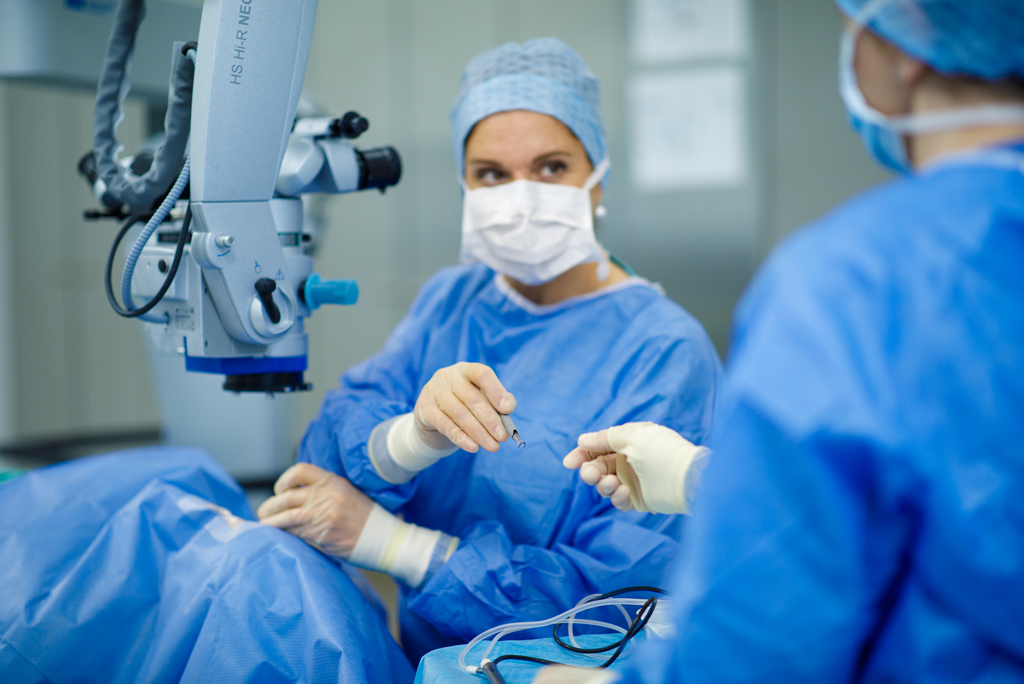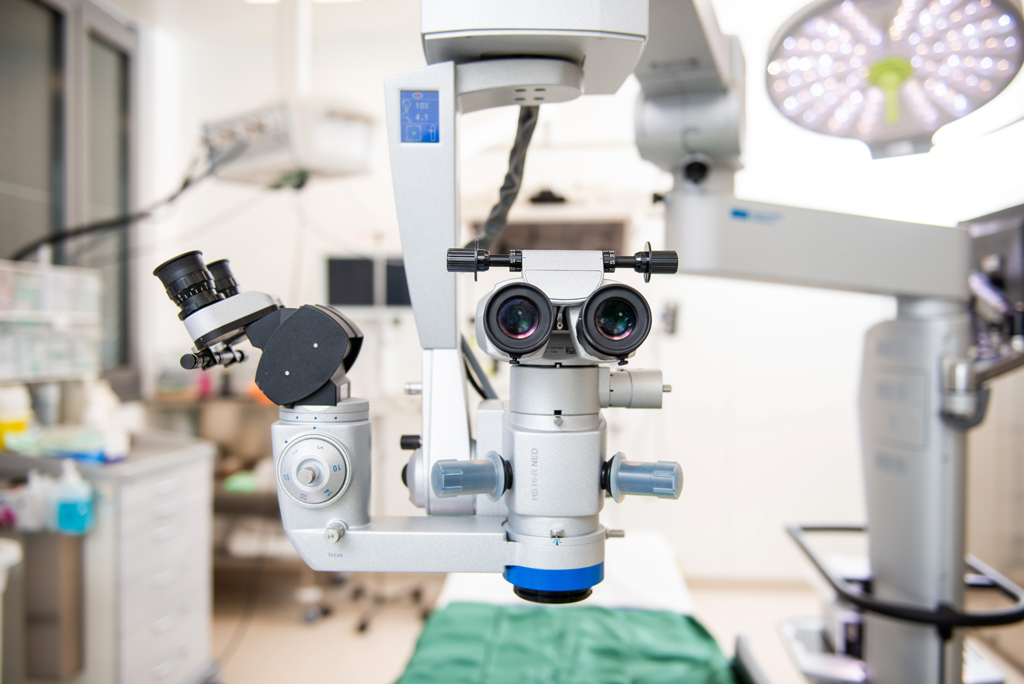Eyelid surgery
Prof. Dr. Abela-Formanek - Ophthalmologist for ophthalmology and optometry in Vienna
Droopy eyelids are more than just an aesthetic problem.
When the eyelids droop, the movable part of the upper eyelids becomes less and less visible. At some point, the drooping eyelids can become so pronounced that the skin is touching the eyelashes. The feeling of pressure and foreign body as well as a restricted upward field of vision increase. The symptom of dry eyes is also promoted. Eyelid surgery is carried out with great care in order to achieve a cosmetically and functionally optimal result.
Restriction of the visual field is considered a medical indication. If approved, the surgery costs will be covered by your health insurance and additional insurance.
For a preliminary examination and planning for a surgery, please make an appointment in the practice!
Focus on your eye health
Prof. Dr. Abela-Formanek looks back upon more than 25 years of experience in eye surgery and is considered an absolute expert in her field.
Eyelid surgery
Blepharoplasty or eyelid correction is a surgical procedure that is usually carried out on an outpatient basis and under local anesthesia. The process can vary depending on individual needs (eyelid shape, skin thickness, etc.).
- Incision and Removal: Upper eyelid surgery involves an incision in the natural crease of the upper eyelid to remove excess skin and tissue. During lower eyelid correction, the incision is made either directly under the eyelash line or on the inside of the lower eyelid.
- Tissue removal: Excess skin and fatty tissue are removed, and the remaining skin is tightened and sutured.
- Completion of the procedure: Sutures are carefully placed to keep scars as inconspicuous as possible.
Aftercare and recovery
Recovery time after blepharoplasty can vary, but typically most patients can resume daily activities after a few days to a week. Bruising and swelling are normal after the procedure and will subside over time. It is important to protect the eye area from excessive sun exposure and friction.
Would you like to make an appointment or do you have questions about operations?
Give us a call. Dr. Abela-Formanek will be happy to answer your questions!


